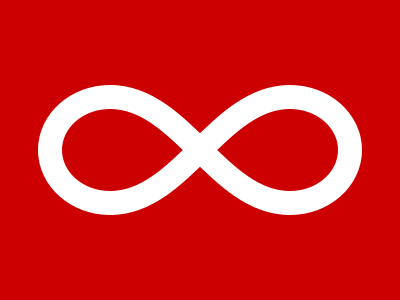I was asking my friend Janey how to spell this and she said...
"There isn't a specific spelling. It's sort of phonetic I was told"
"Nutsamaat Skwalewun"
"One Heart One Mind"
This is Shane Pointe, have a listen to this great video and check out the other great videos below.
Kwi Awt Stelmexw
https://www.kwiawtstelmexw.com
https://www.kwiawtstelmexw.com/about
https://www.kwiawtstelmexw.com/sfu-immersion-program/
https://www.kwiawtstelmexw.com/25-year-action-plan/
https://www.kwiawtstelmexw.com/survey/
https://www.kwiawtstelmexw.com/news/hiring-ea/
 |
| HIRING: Executive Assistant to Khelsilem |
Who We Are
Kwi Awt Stelmexw was formed in early 2015 to be a leader in the nation rebuilding efforts of the Squamish Peoples. After a century of cultural genocide policies by the Canadian government, the Squamish Peoples are still a resilient people with strong ties to our cultural values and dreams for the peoples’ future.
The Squamish Peoples are the families and communities who are descendants of the original peoples of the Squamish Peoples’ territory. Our peoples’ territory includes present day Vancouver, Howe Sound, Squamish Valley, and Whistler. We live in nine communities spread along the Squamish River and Burrard Inlet. We are historically speakers of the Squamish Language — called Sḵwx̱wú7mesh Sníchim by speakers. Our blood ties connect us to our close and distant relations that make up the Squamish Peoples.
Kwi Awt Stelmexw is a Sḵwx̱wú7mesh phrase that can be interpreted as “the last people” or “the coming after people”. These in turn have been translates to mean “ancestors” or “future generations”. We took this name as a reminder that we are the ancestors to those unborn children to come.
Through partnership, support, and a strong mandate, Kwi Awt Stelmexw exists to “strengthen all aspects of Sḵwx̱wú7mesh heritage, language, culture and art”. We first and foremost serve the interests and desires of our Sḵwx̱wú7mesh people but also aim to build bridges with those who share our values.
We believe there is work to be done to help rebuild and grow the artistic, cultural, and linguistic dreams of our peoples. We hope to play one part of that asnch’ú7mut (one piece). What We Do
Kwi Awt Stelmexw actively provides programs and initiatives to strengthen Sḵwx̱wú7mesh artistic, cultural, language, or heritage practices.
Khelsilem of the Skwomesh Language Academy teaches you how to say " Sḵwx̱wú7mesh". Sḵwx̱wú7mesh is a proper noun and name of his people and his people’s language.
https://facebook.com/SquamishLanguage
The Skwomesh Language Academy creates online practice exercises, instructional videos, & private classes of the Skwomesh Language. To learn our language through our online videos, make a donation to our academy through our Patreon campaign. Every week, every month, all the time we are creating language lessons, how to say videos, and more.
A Coast Salish Bear counts to ten in the Squamish language
Respect for Indigenous protocol growing in Vancouver: SFU panel https://t.co/LSxu48AhB2— Kwi Awt Stelmexw (@KwiAwtStelmexw) November 7, 2016
City of Vancouver Councillor @andreareimer learns to acknowledge Coast Salish Territory in Squamish Language: https://t.co/9wSuwqy2RA— Kwi Awt Stelmexw (@KwiAwtStelmexw) October 20, 2016
This is a very cool idea!!
Khelsilem embraces indigenous languages as a way to decolonize young minds https://t.co/pOQRxF959T— Kwi Awt Stelmexw (@KwiAwtStelmexw) August 18, 2016
Related:
https://tinawinterlik.blogspot.ca/2016/11/tweets-of-bctf-supreme-court-win-bced.html
https://tinawinterlik.blogspot.ca/2016/11/we-need-singing-revolution-mexico-to.html
https://tinawinterlik.blogspot.ca/2016/11/teachers-federation-of-bc-wins-in.html

